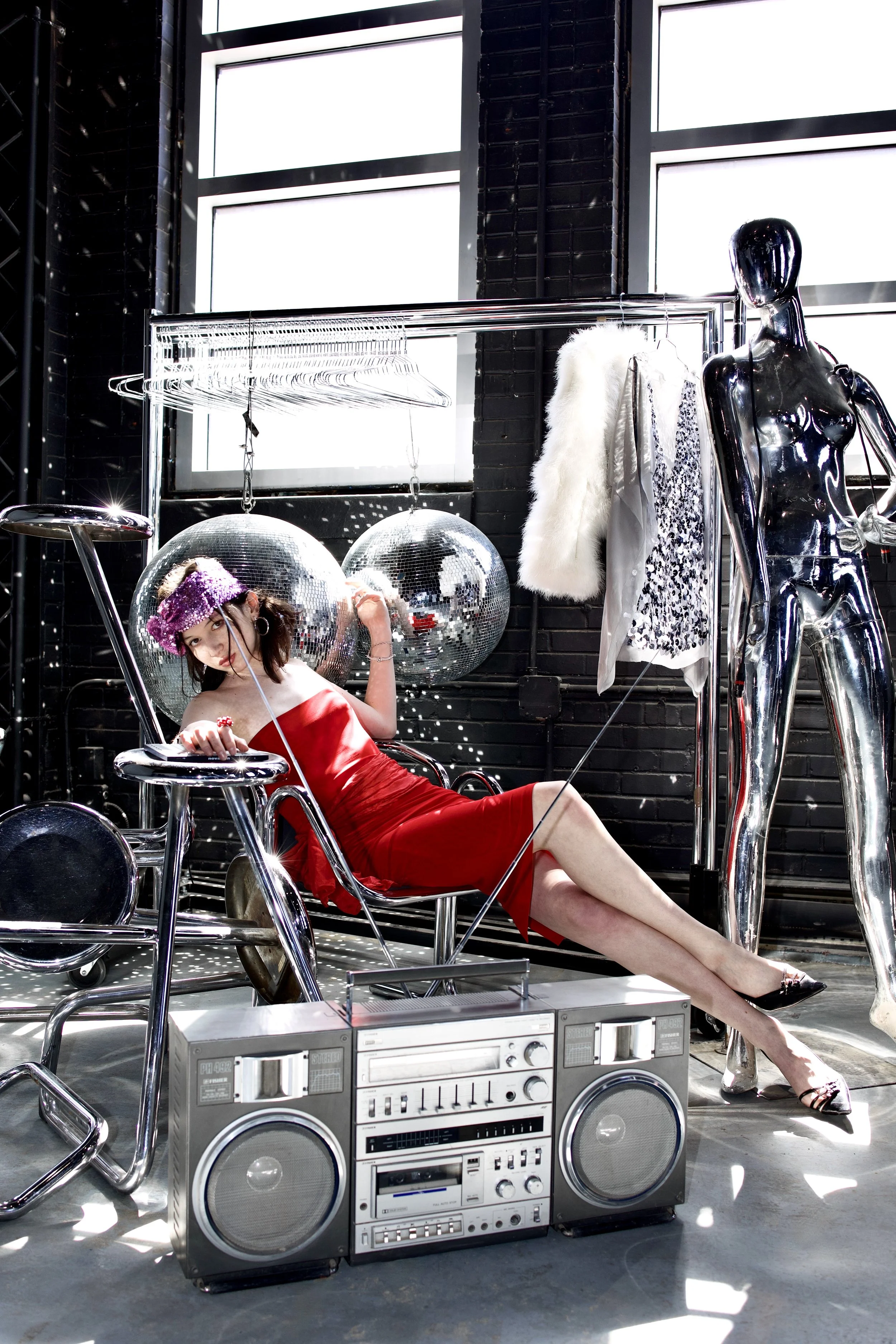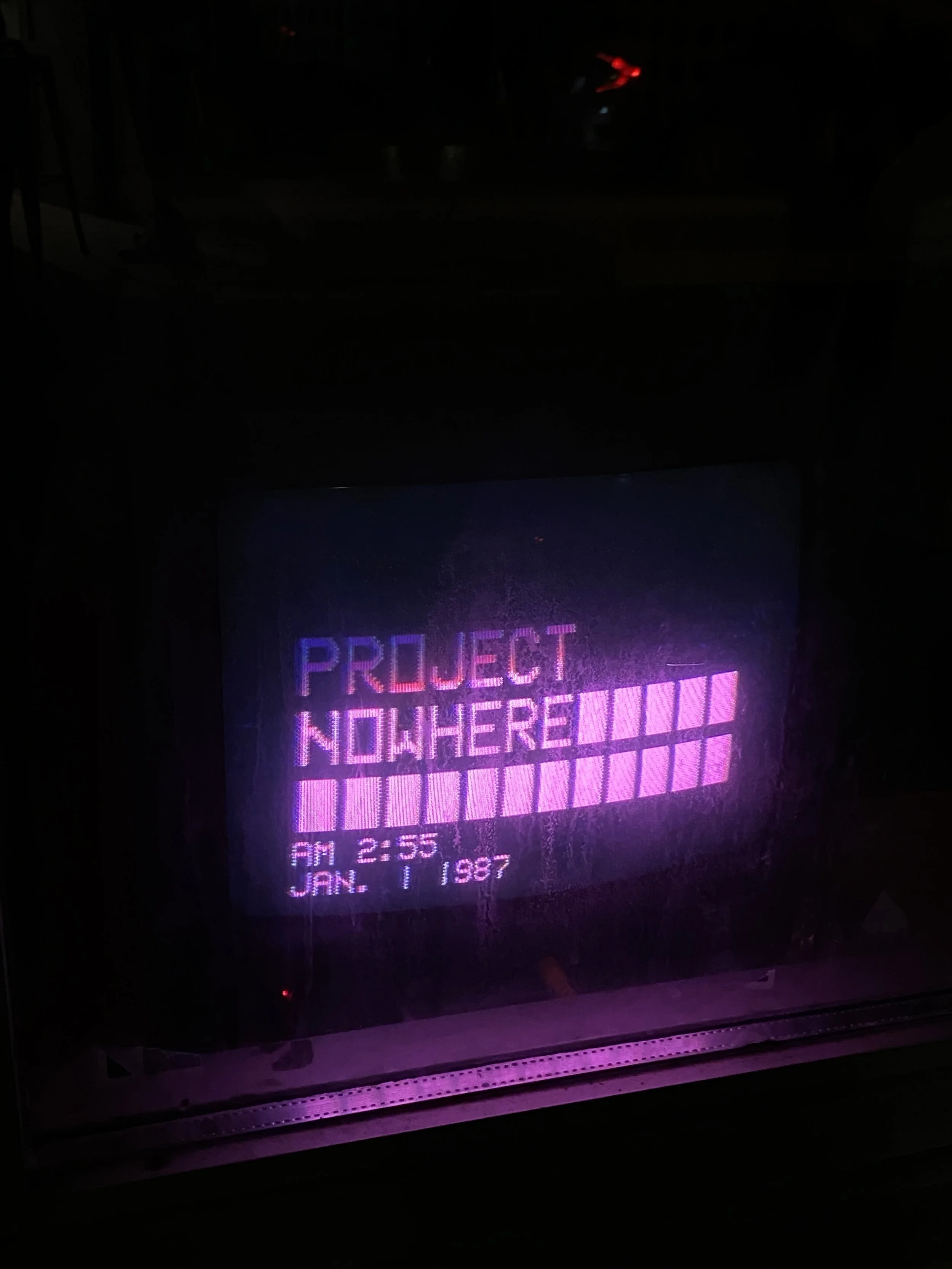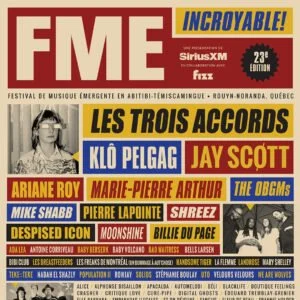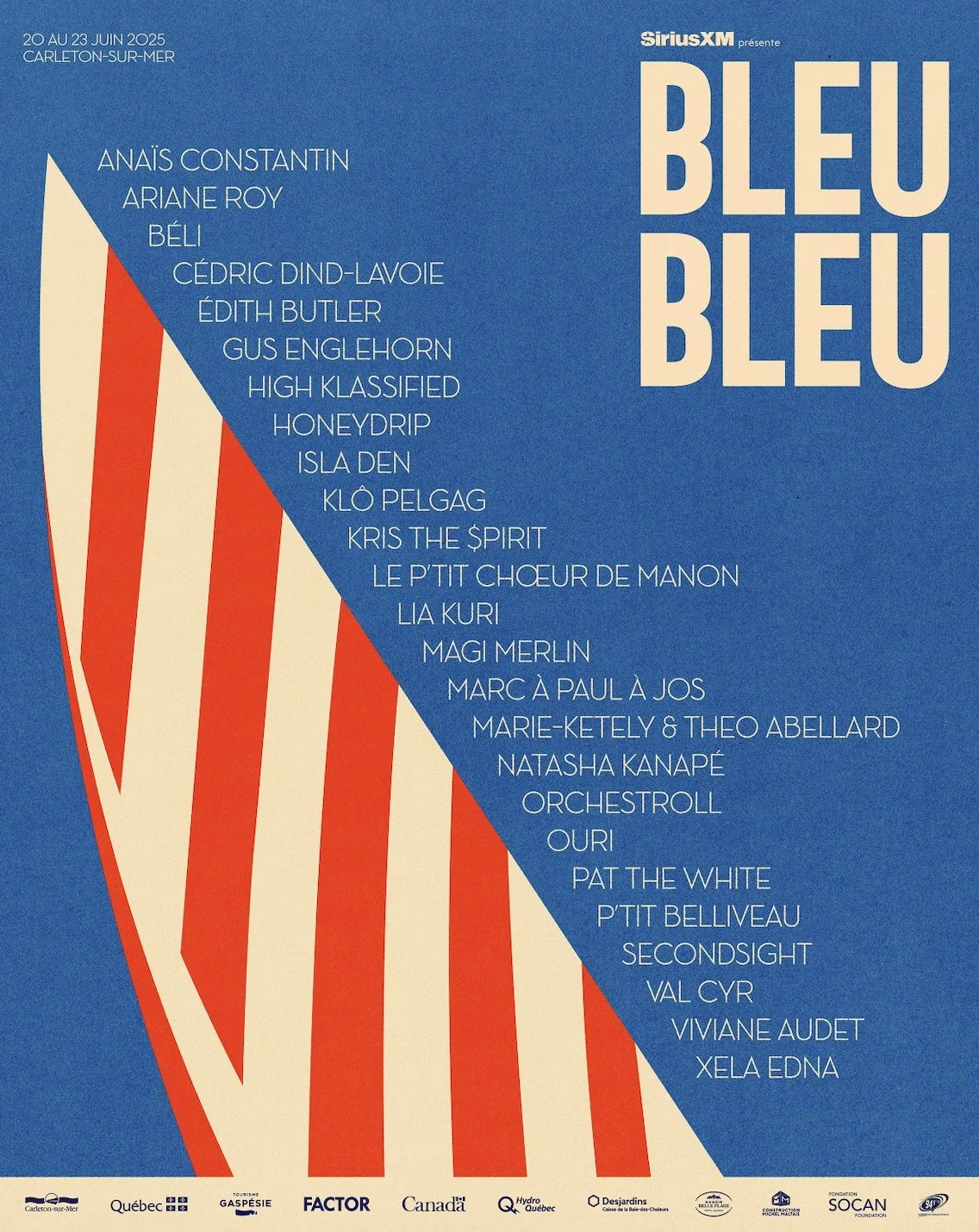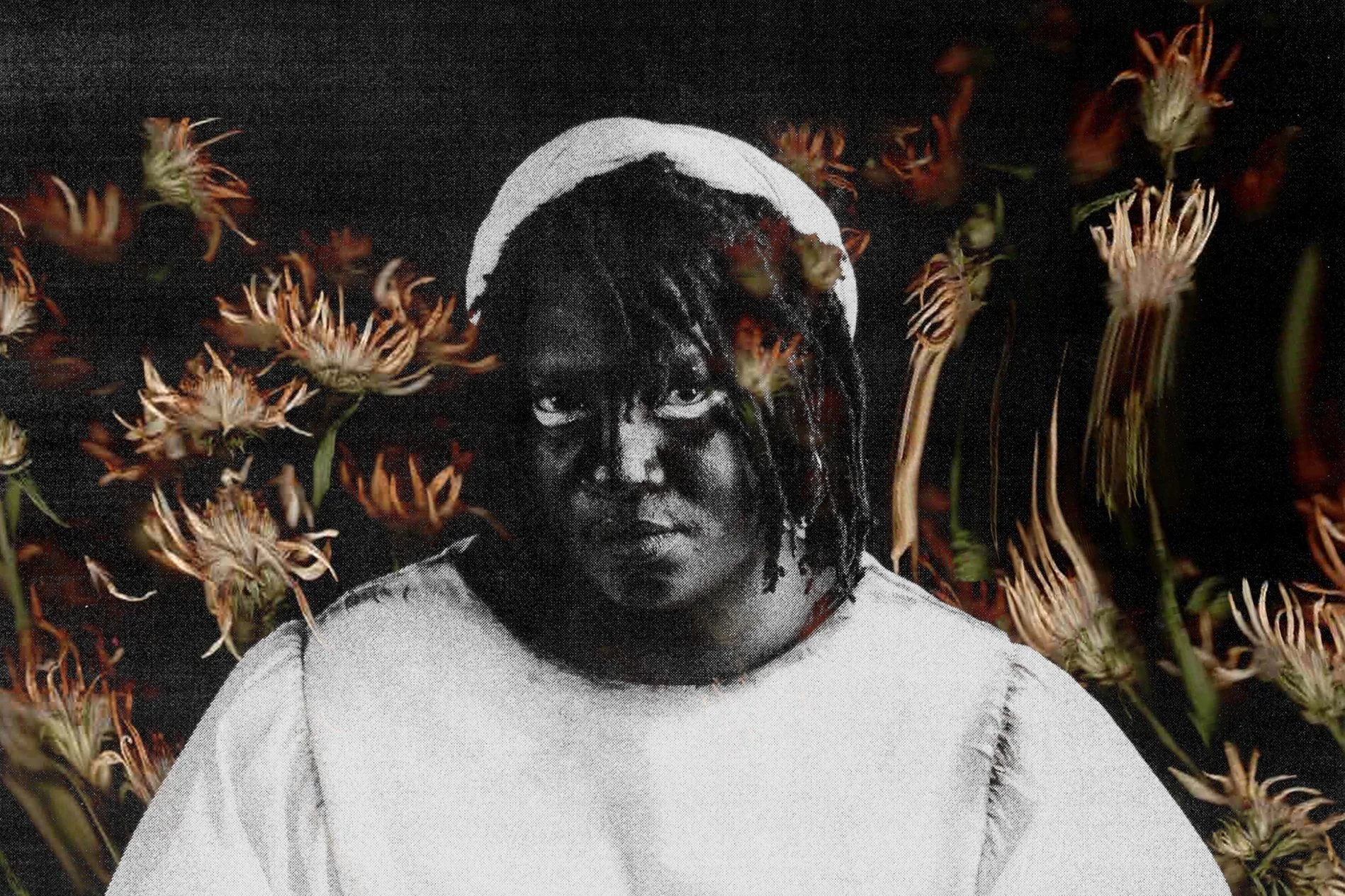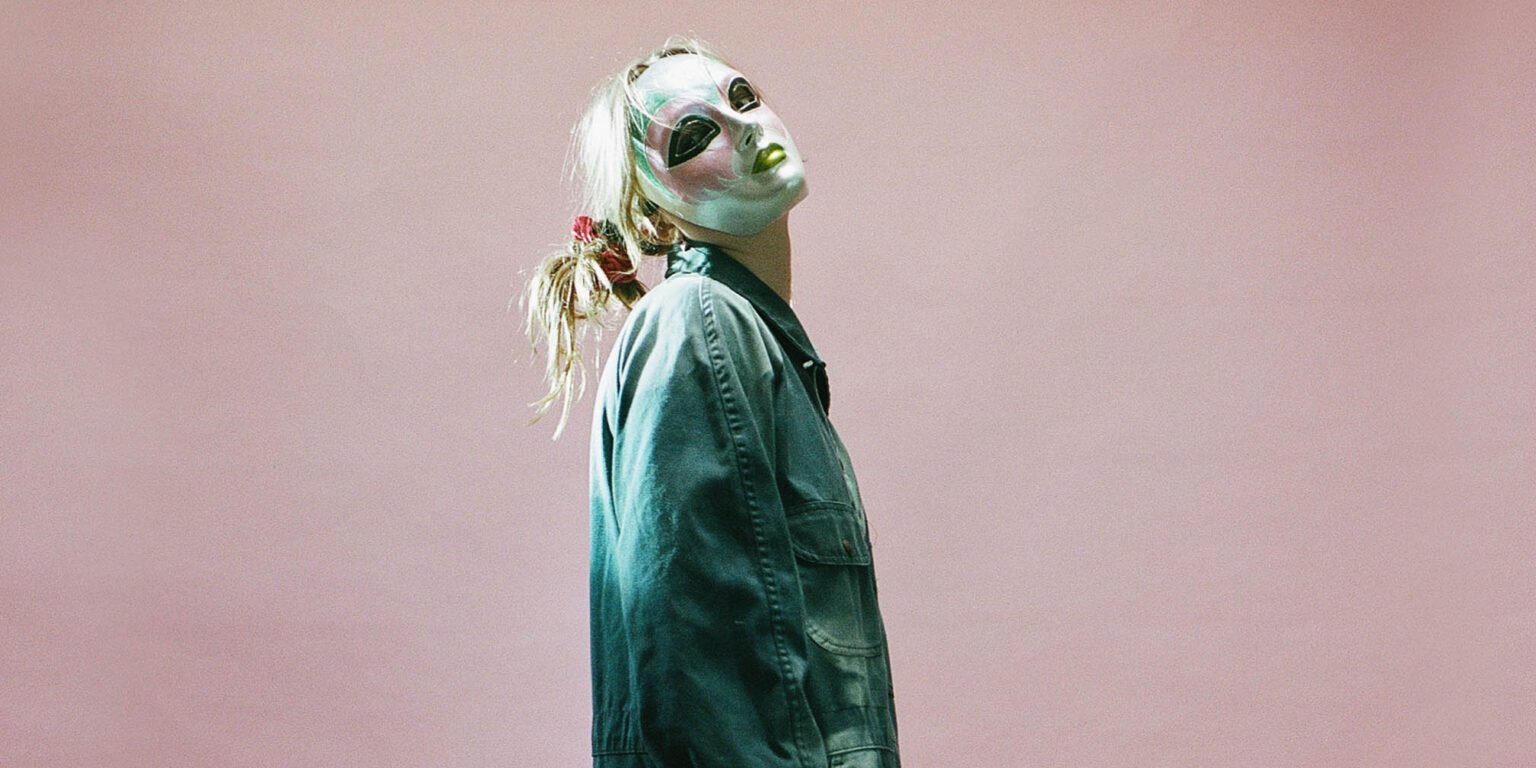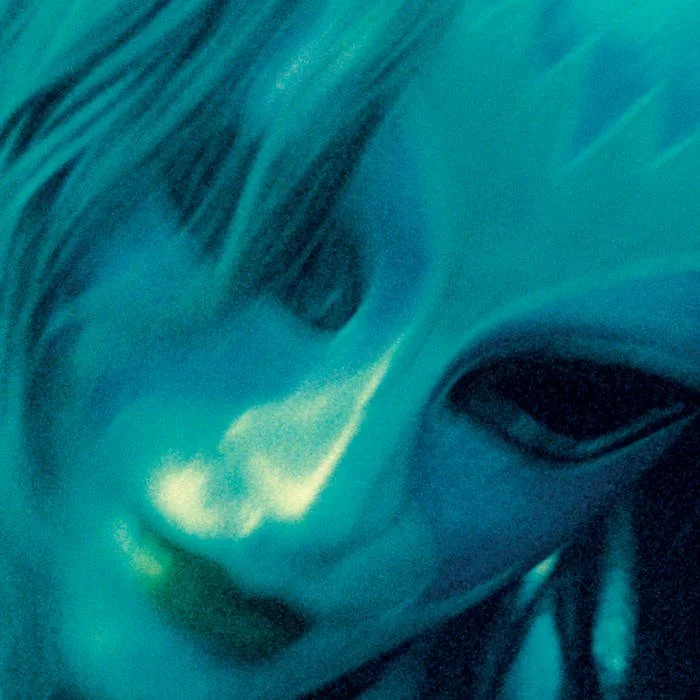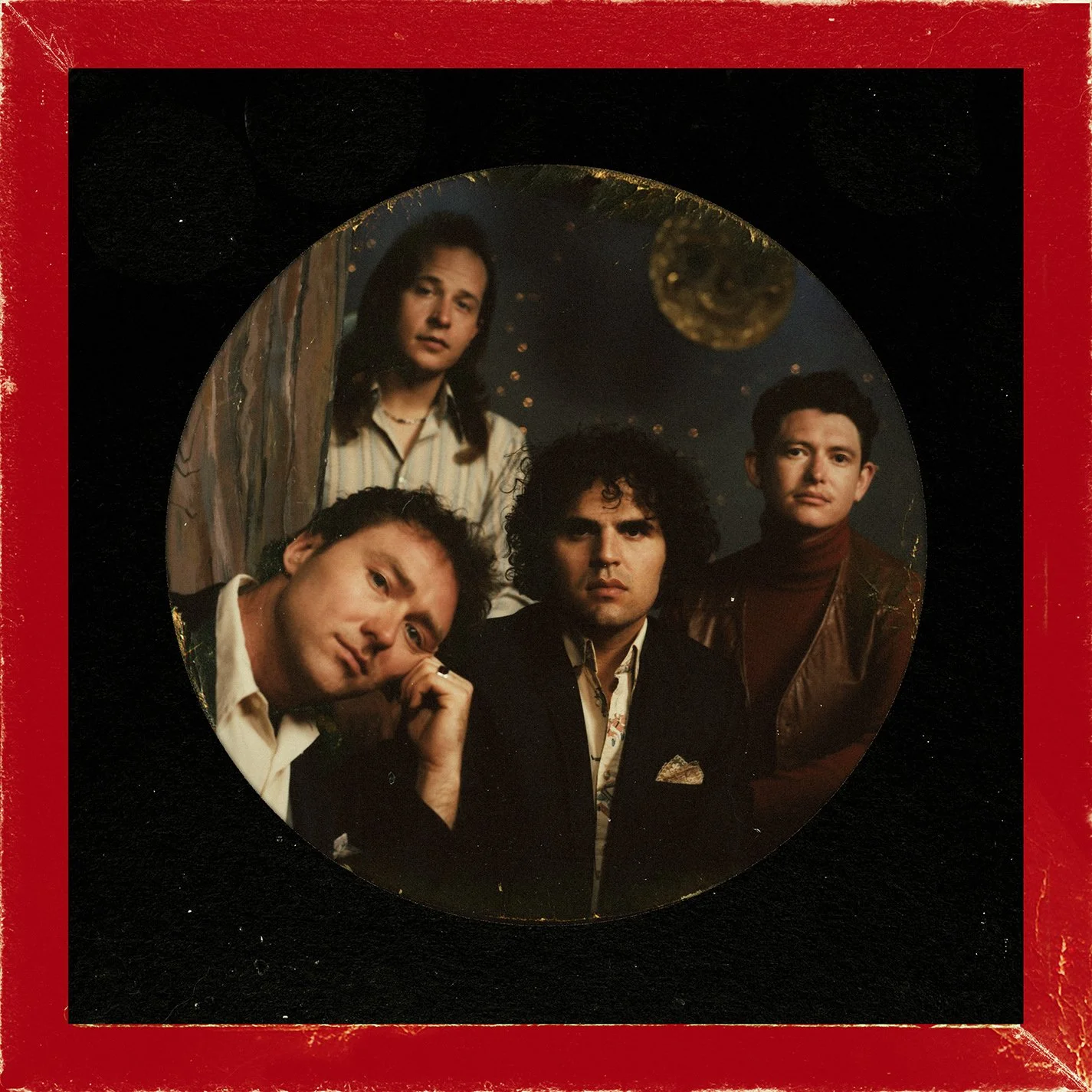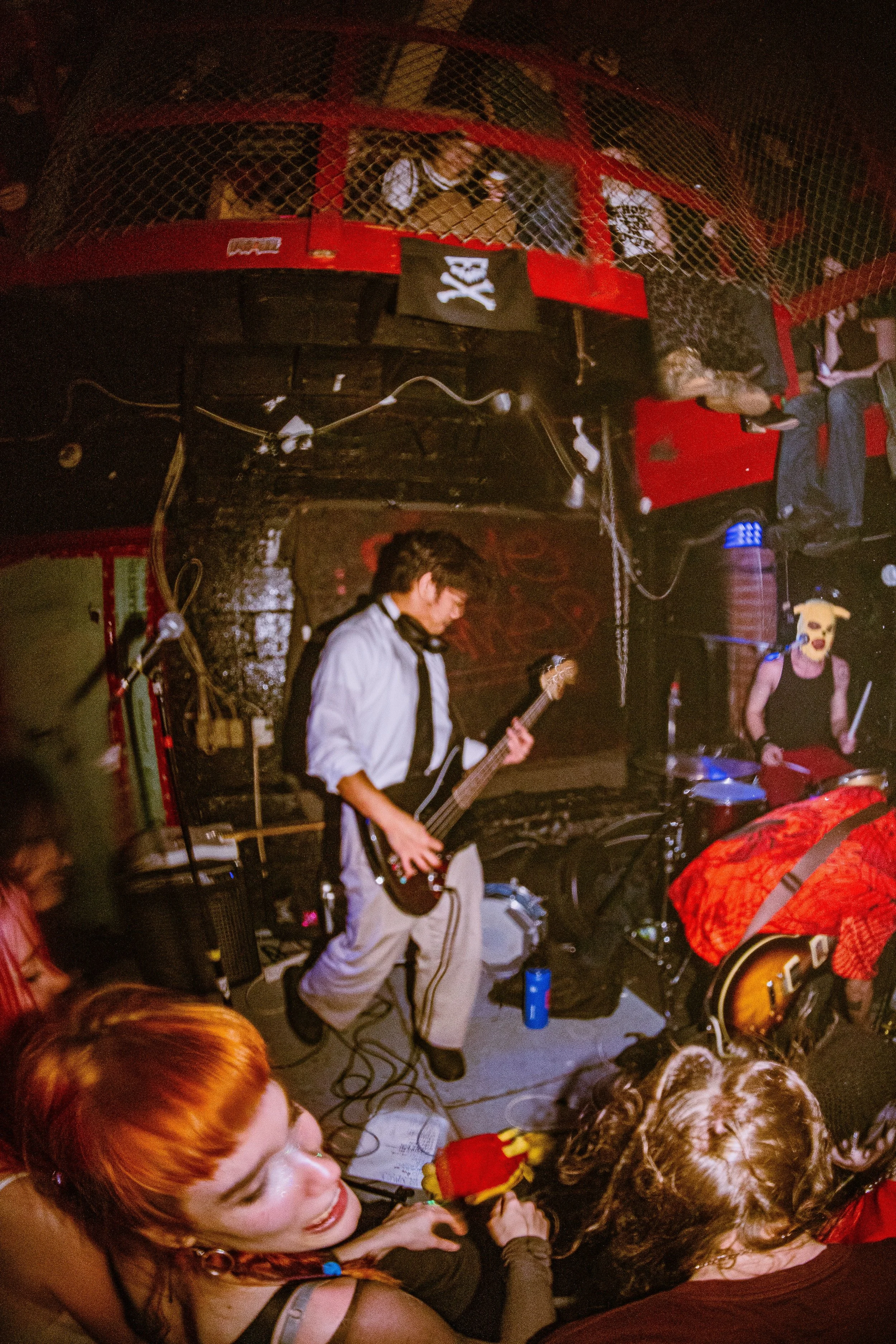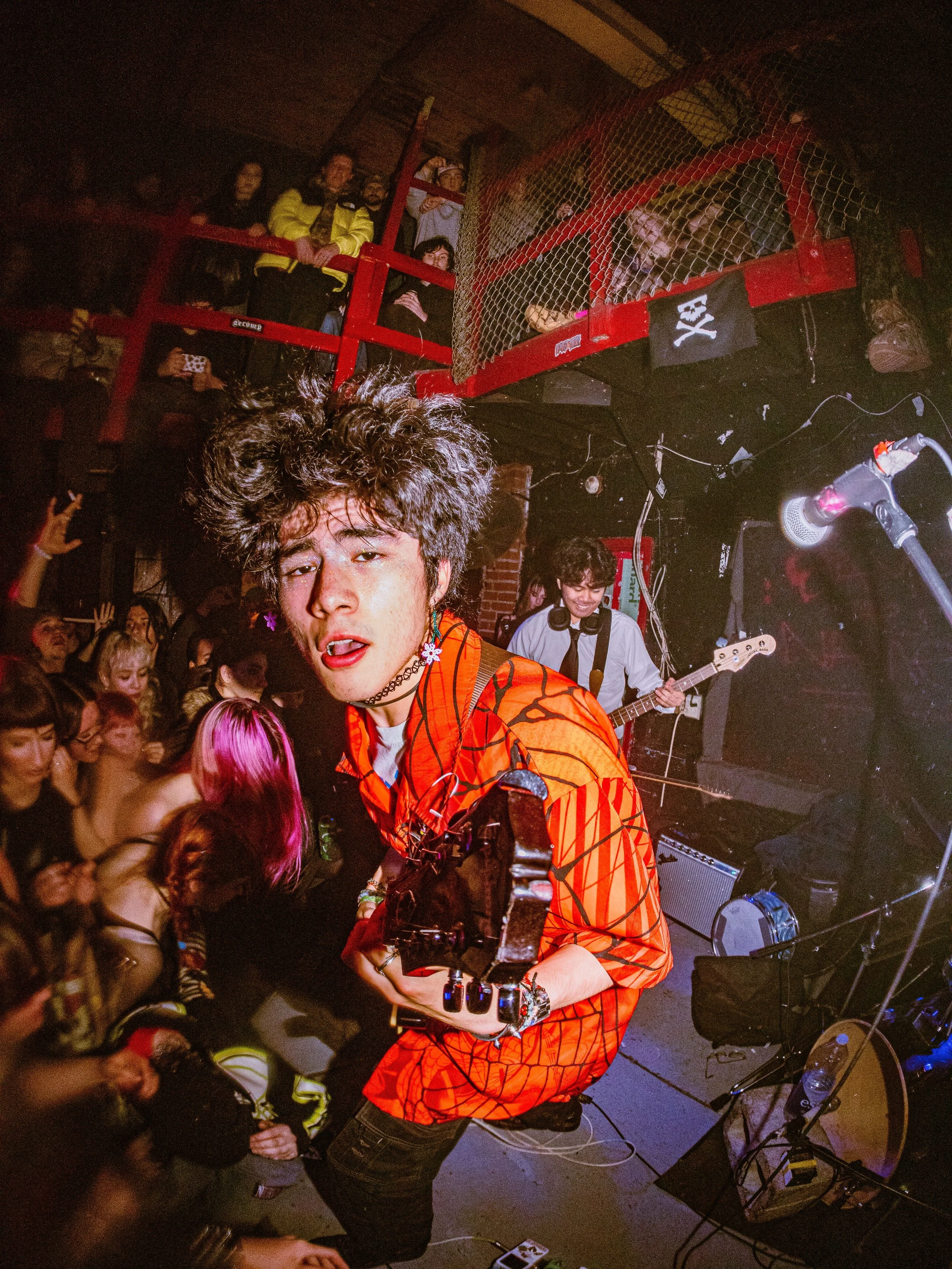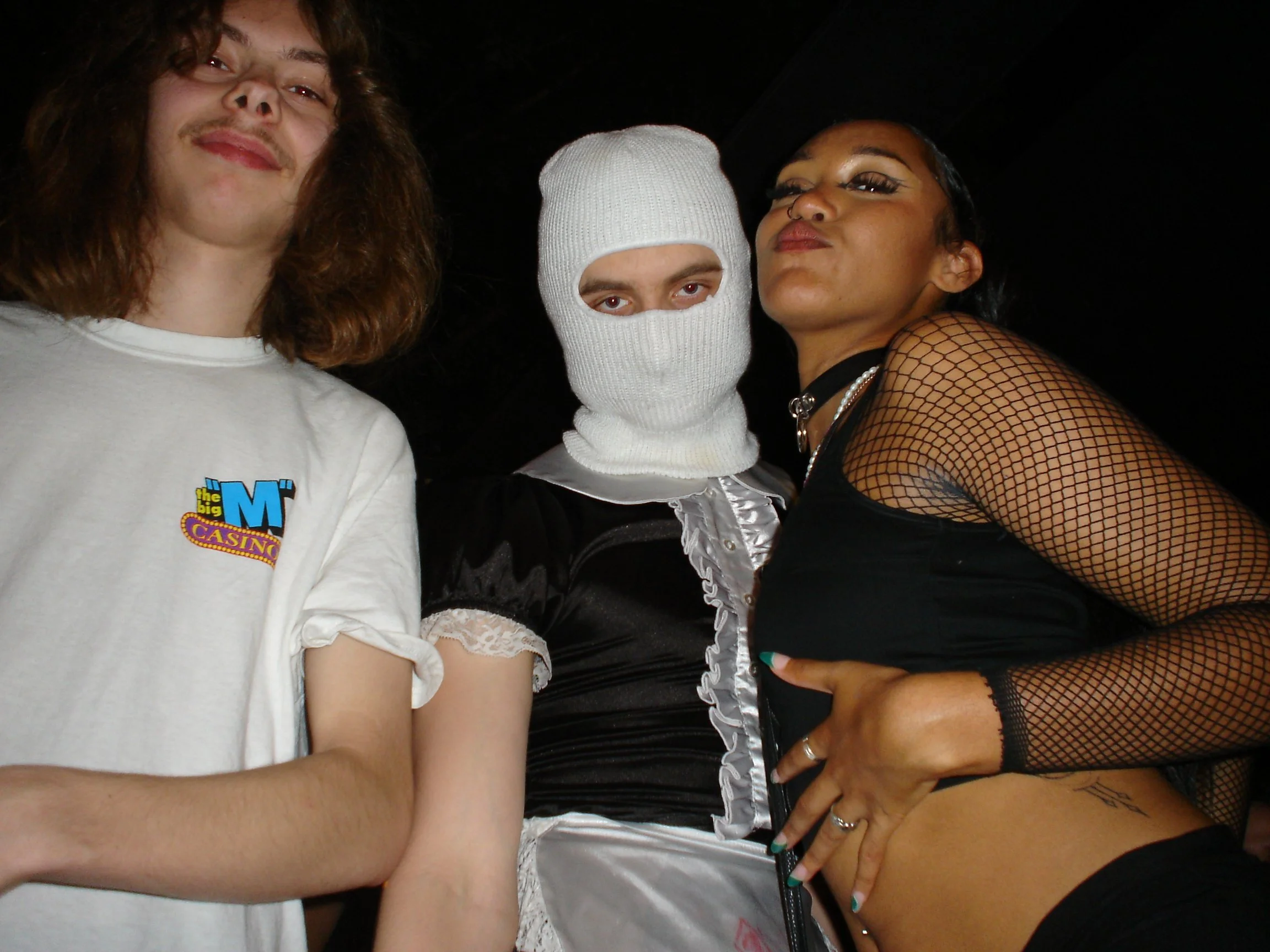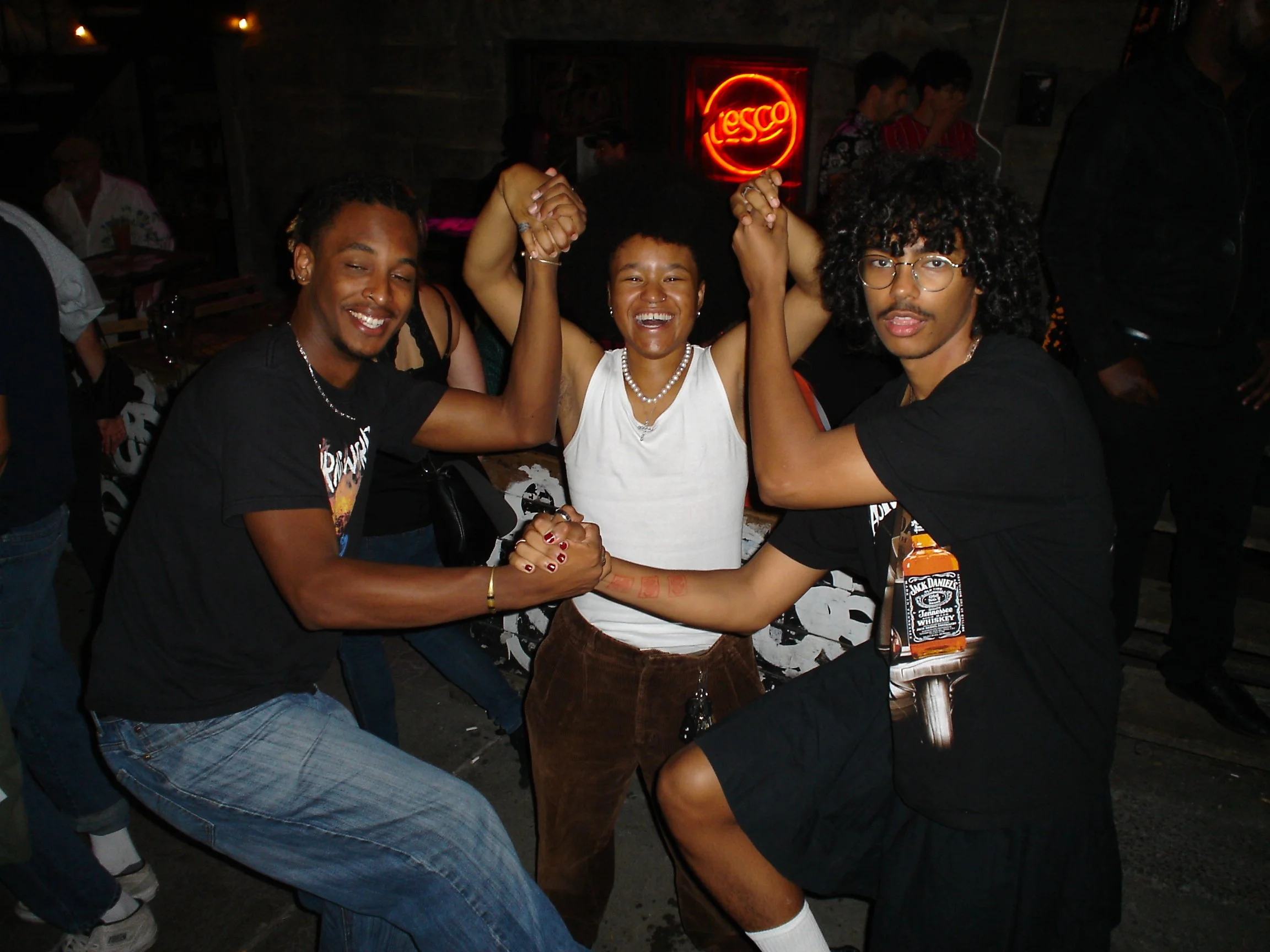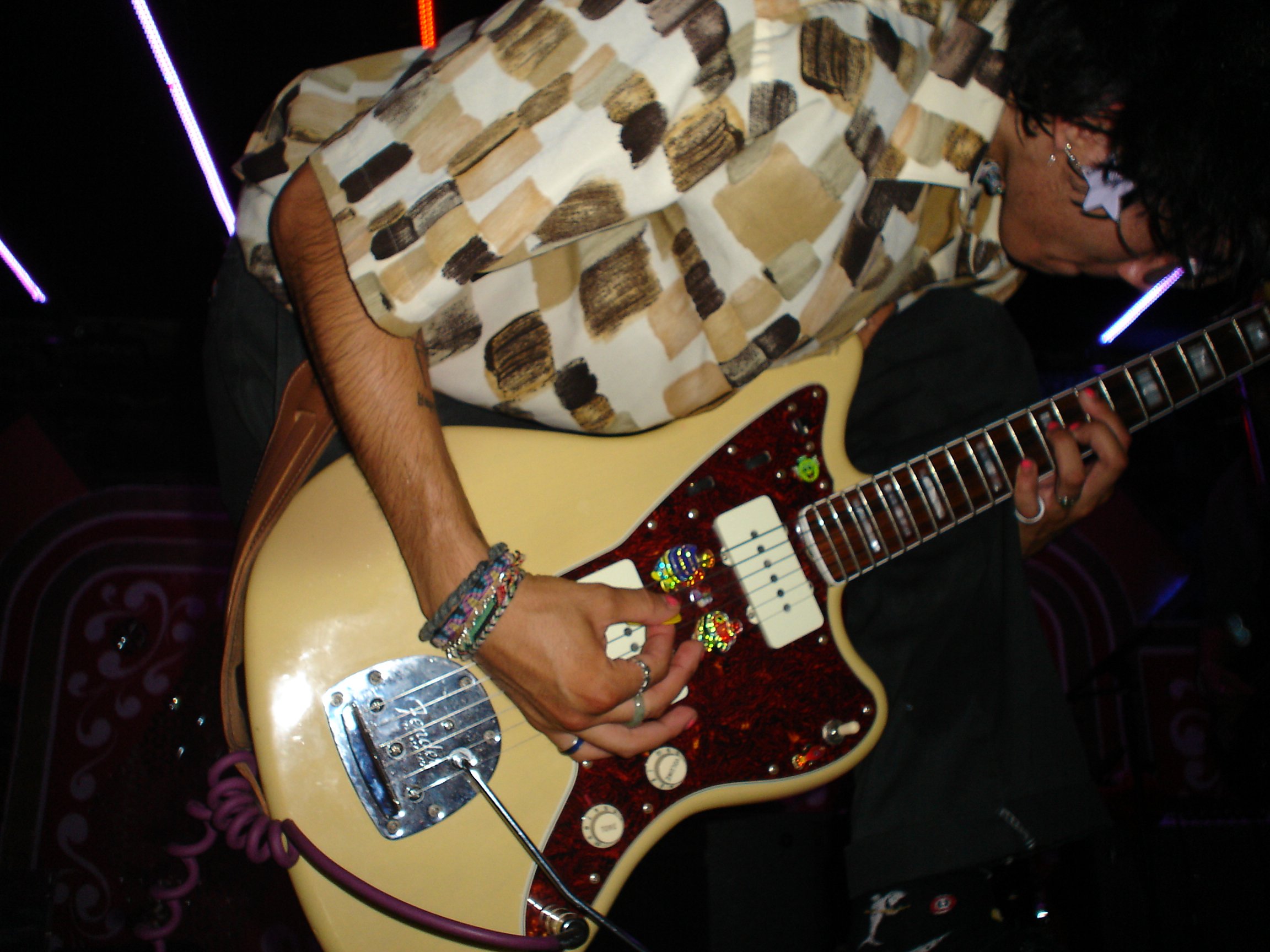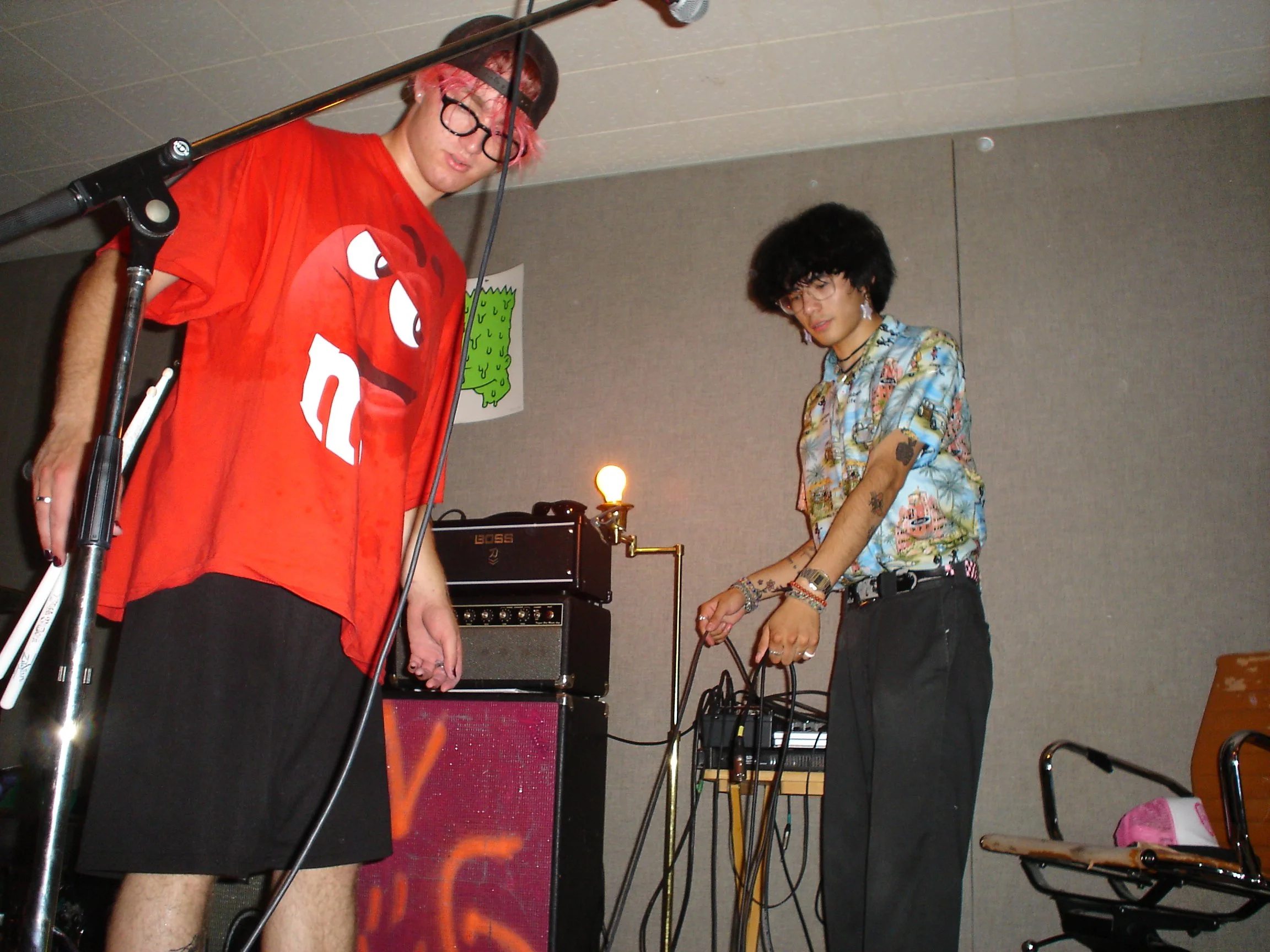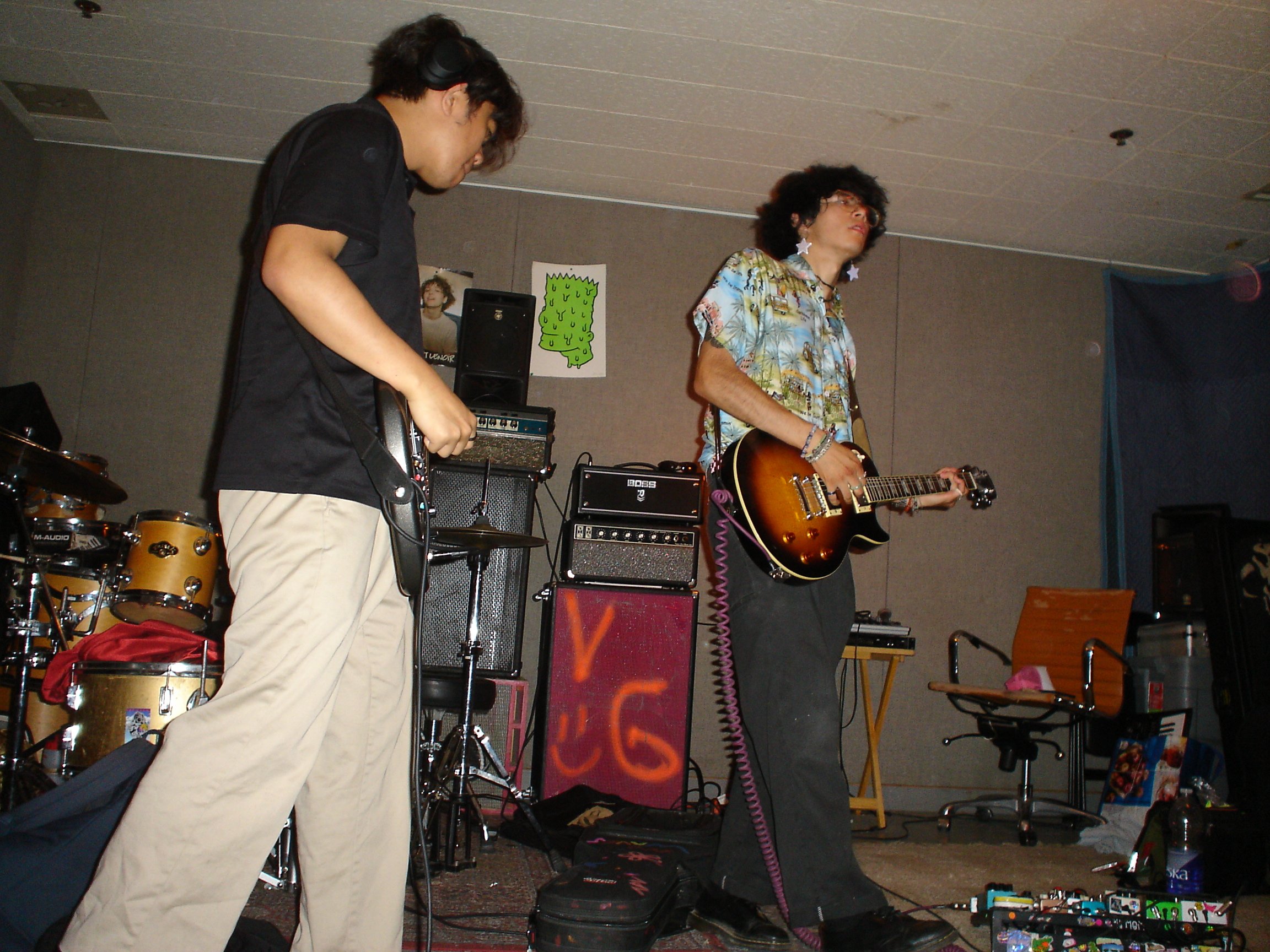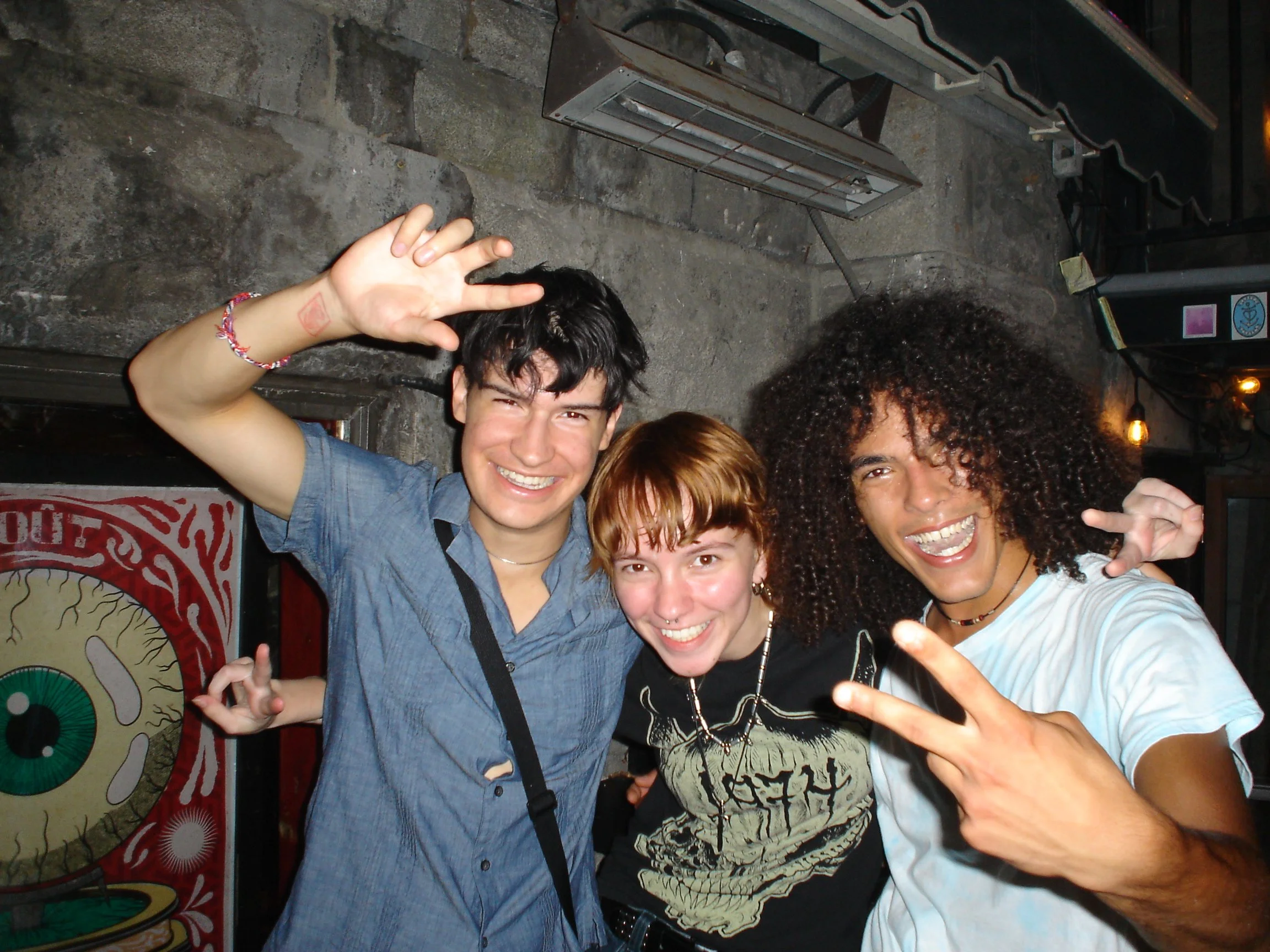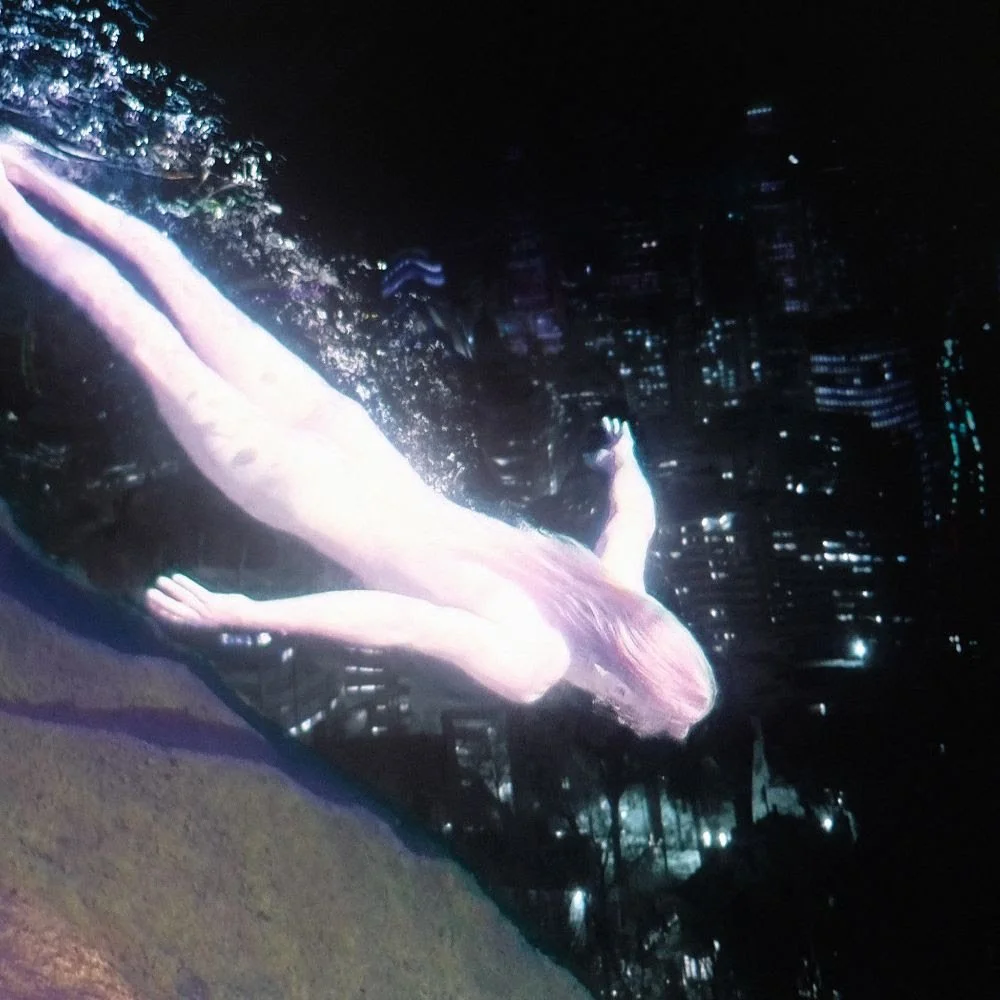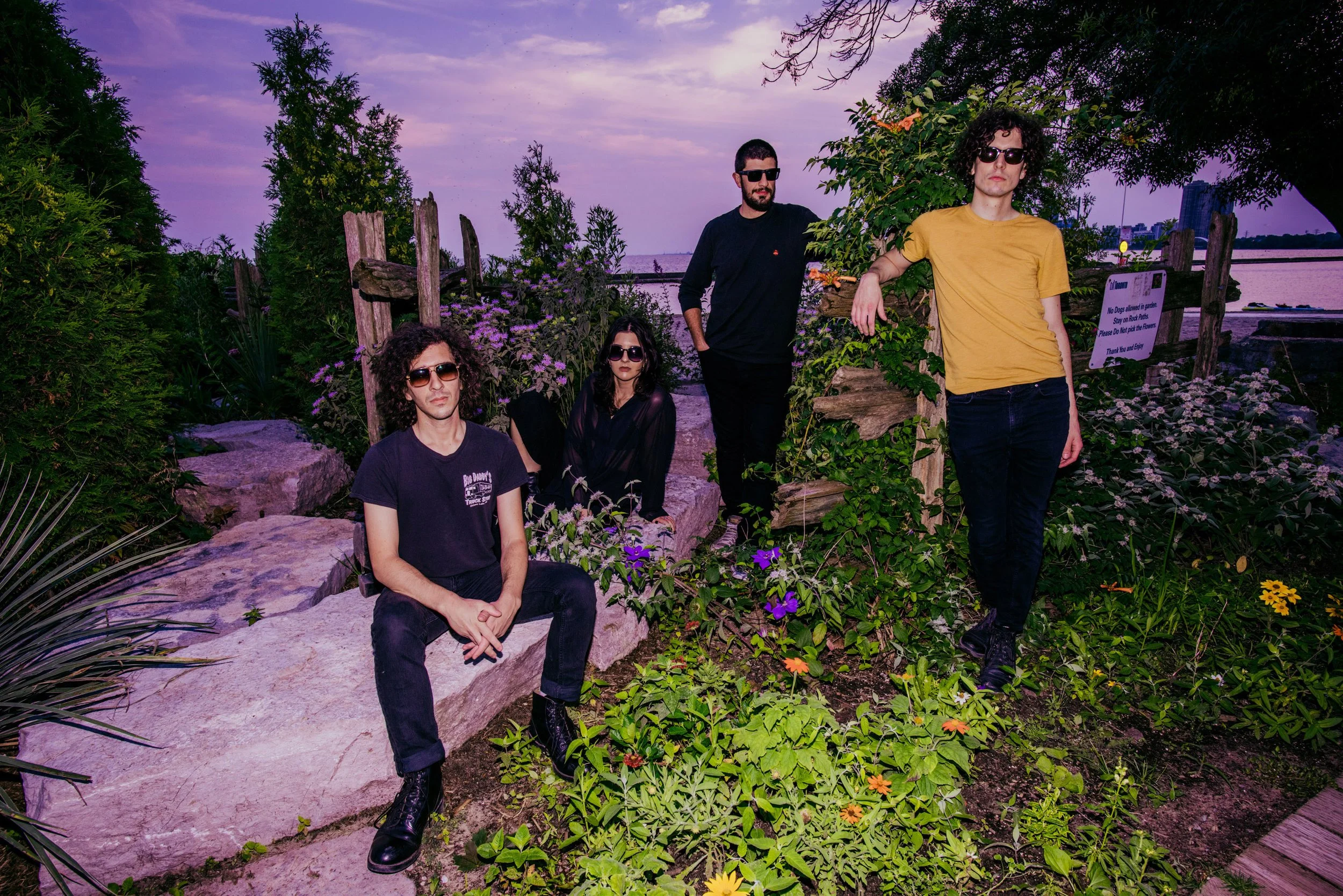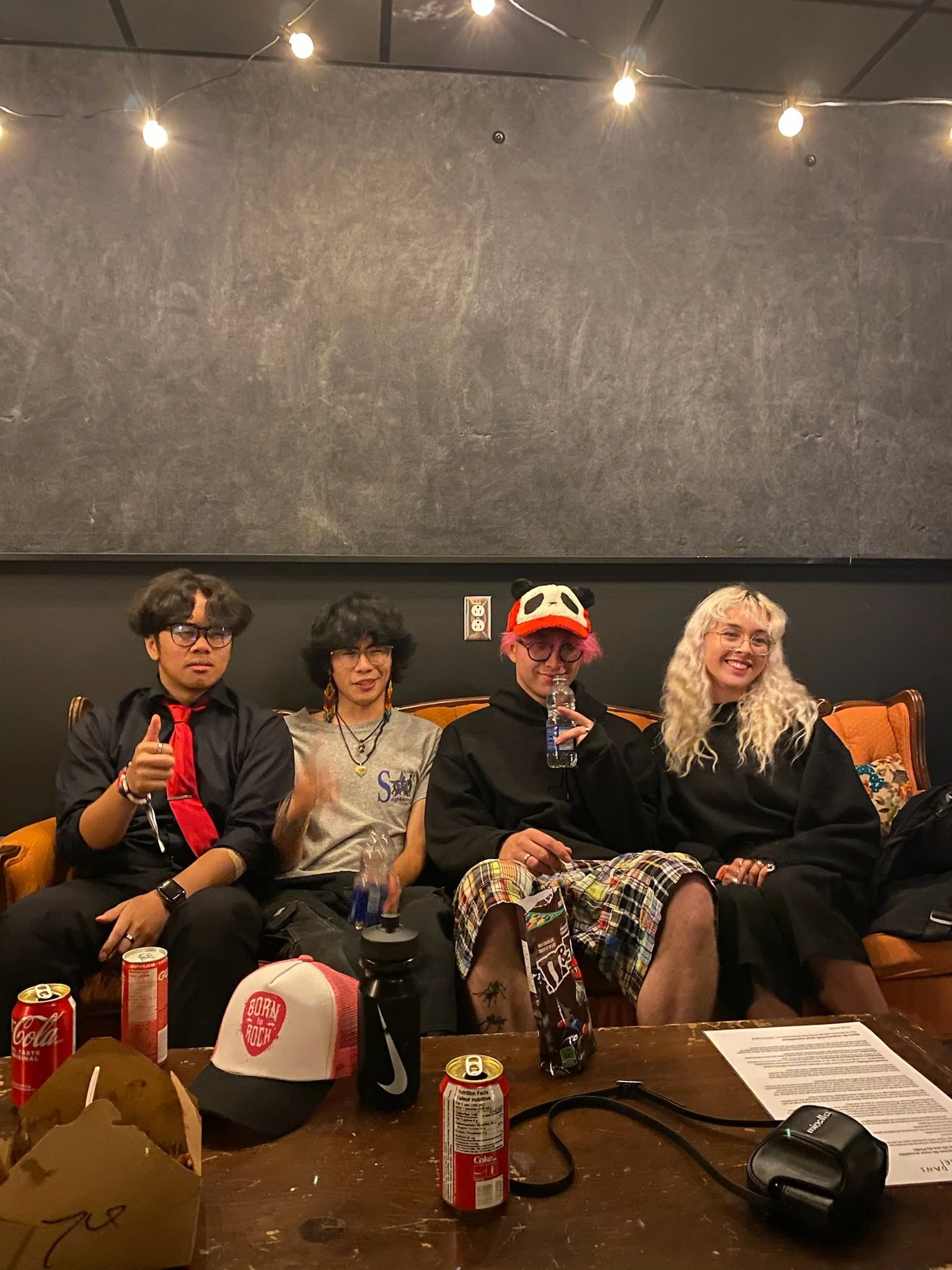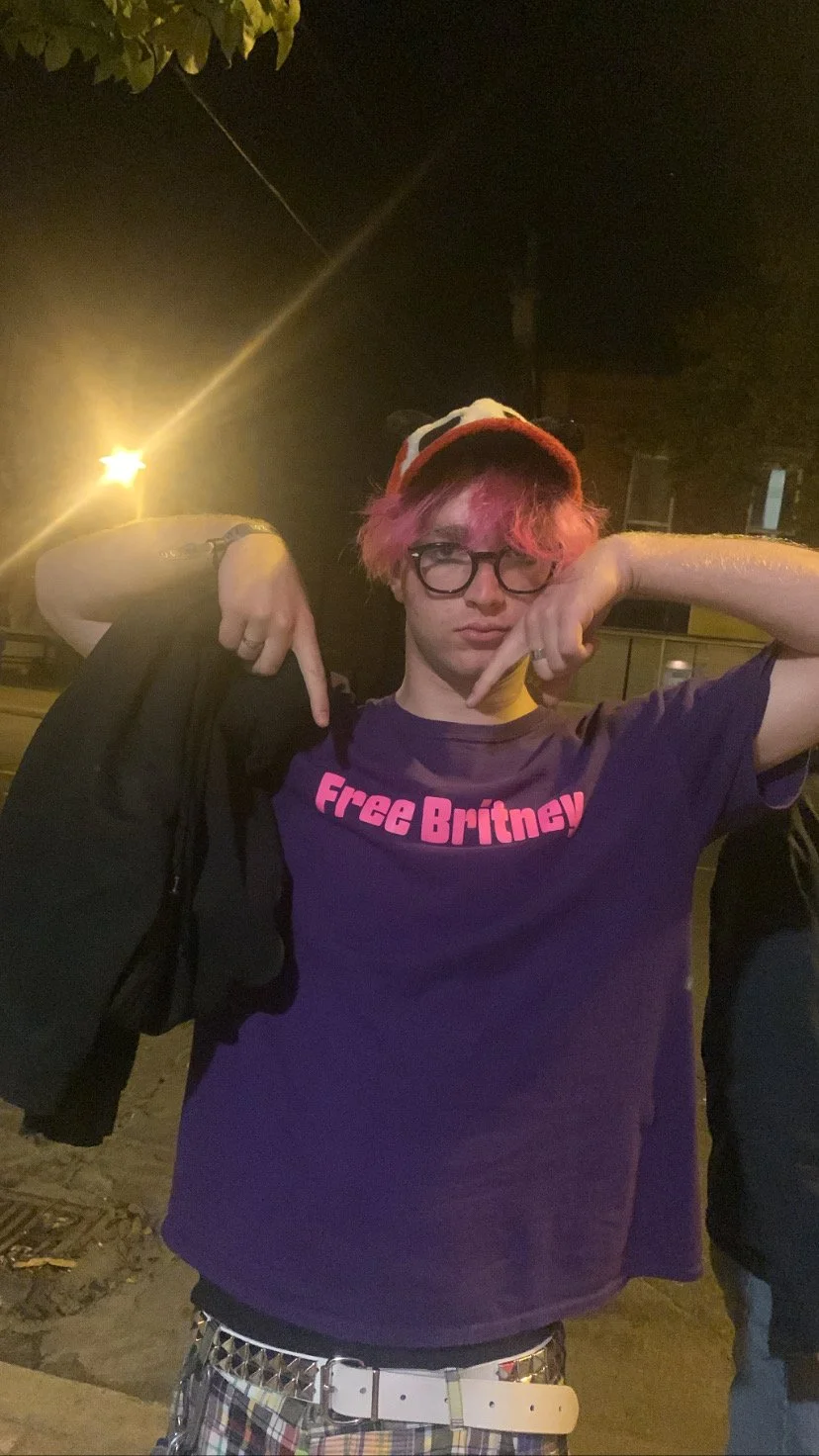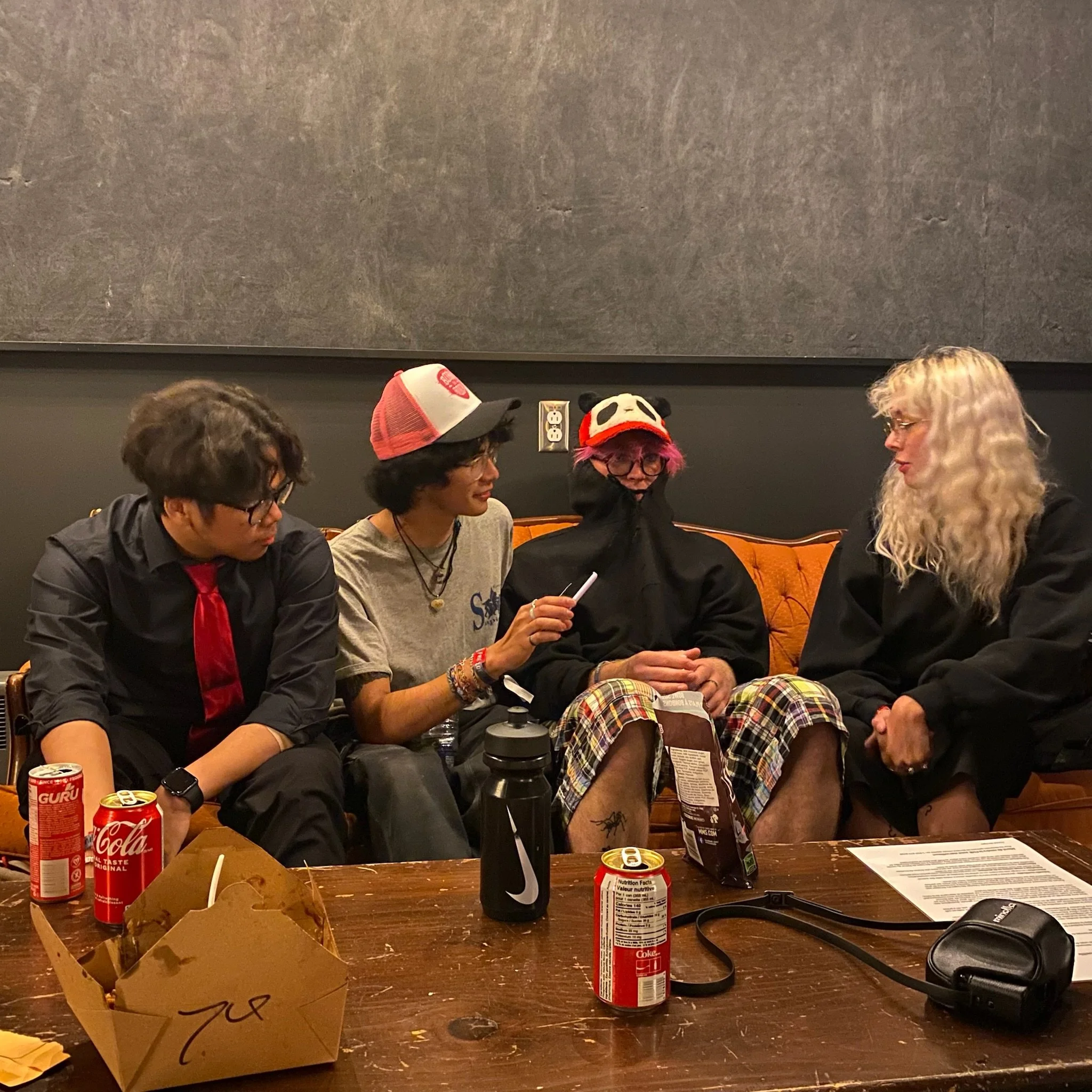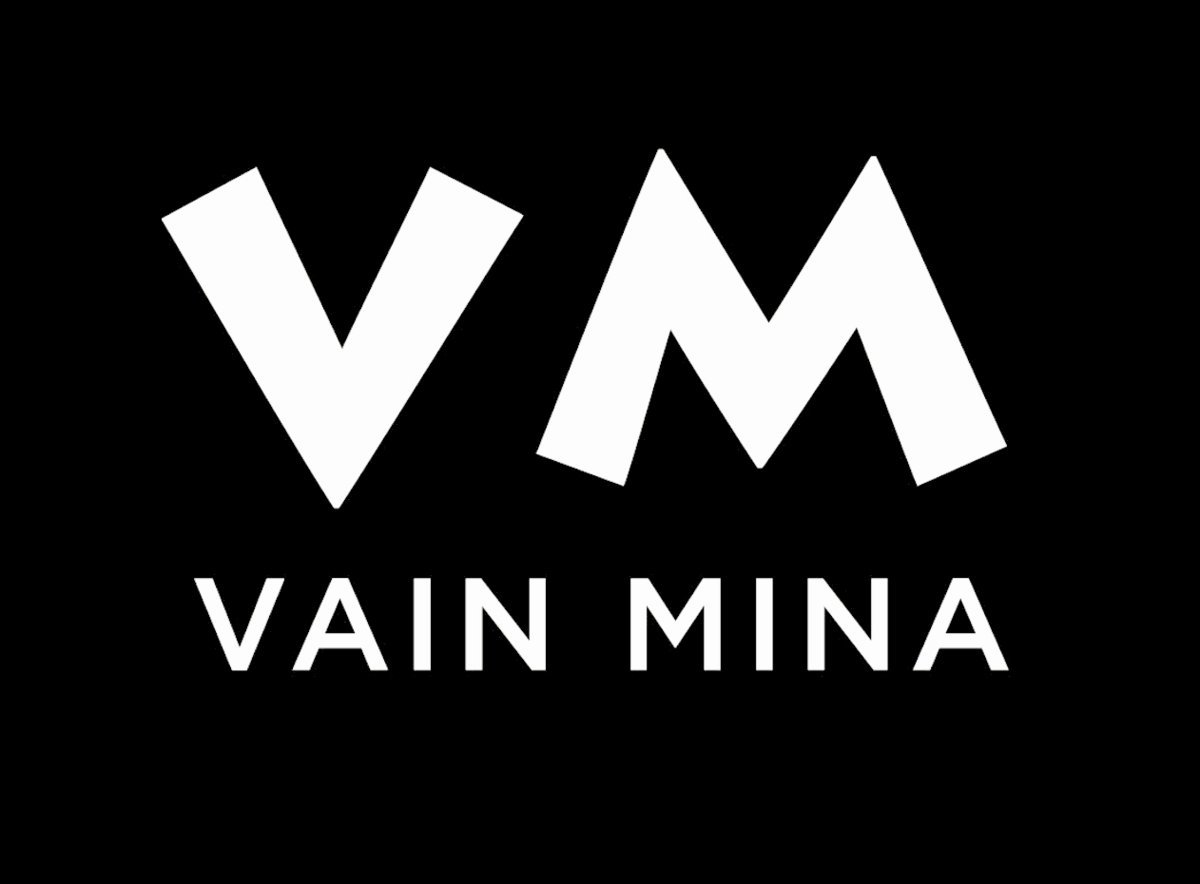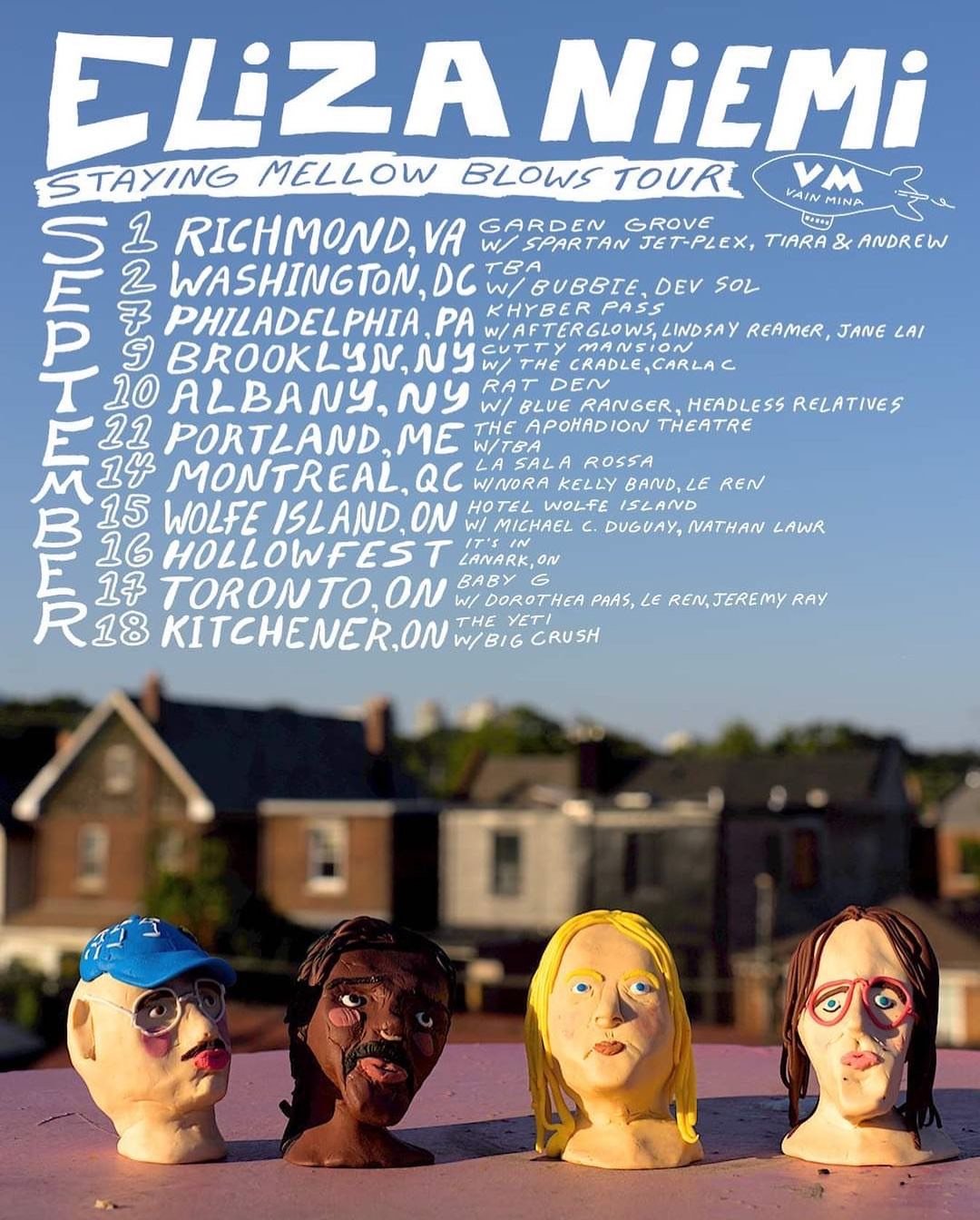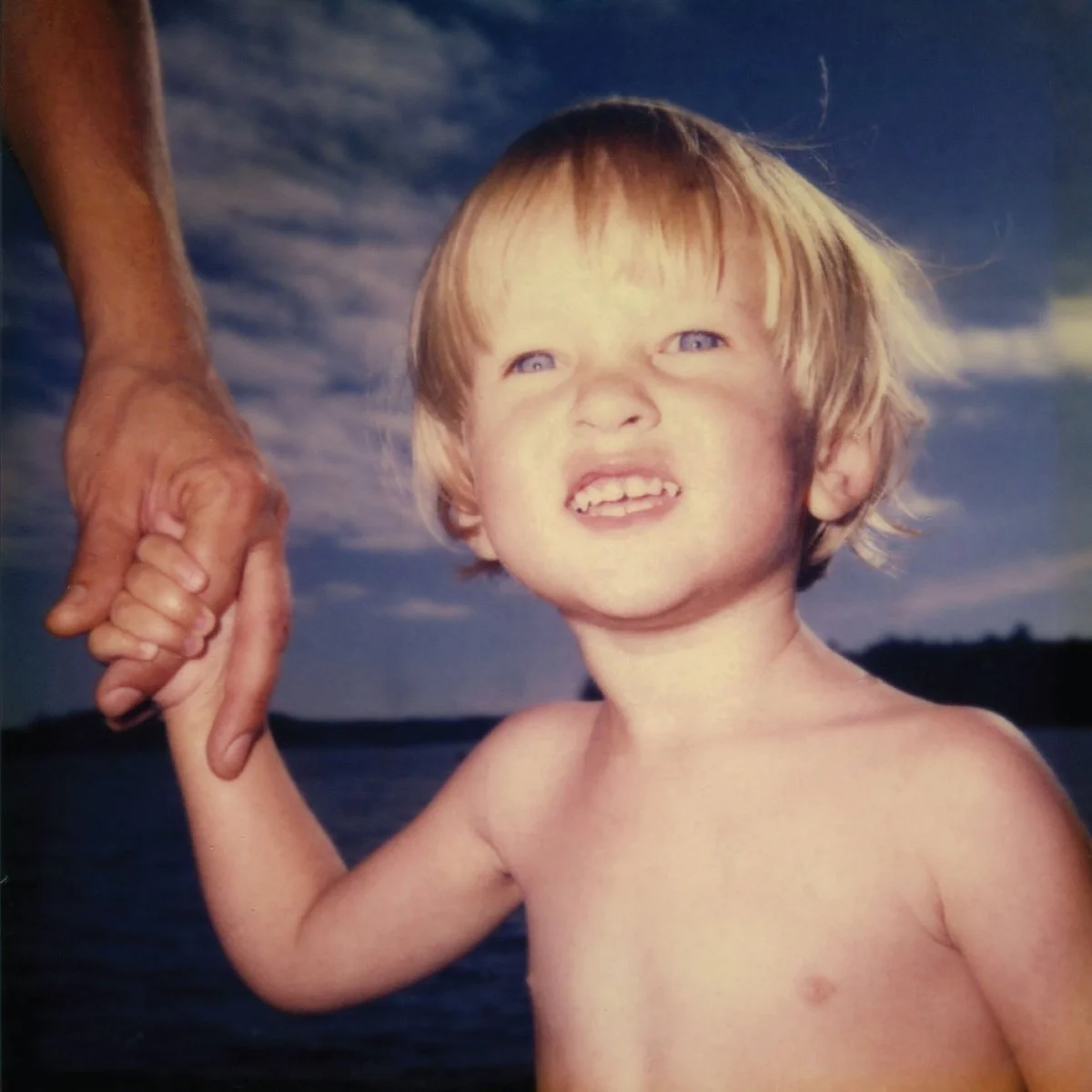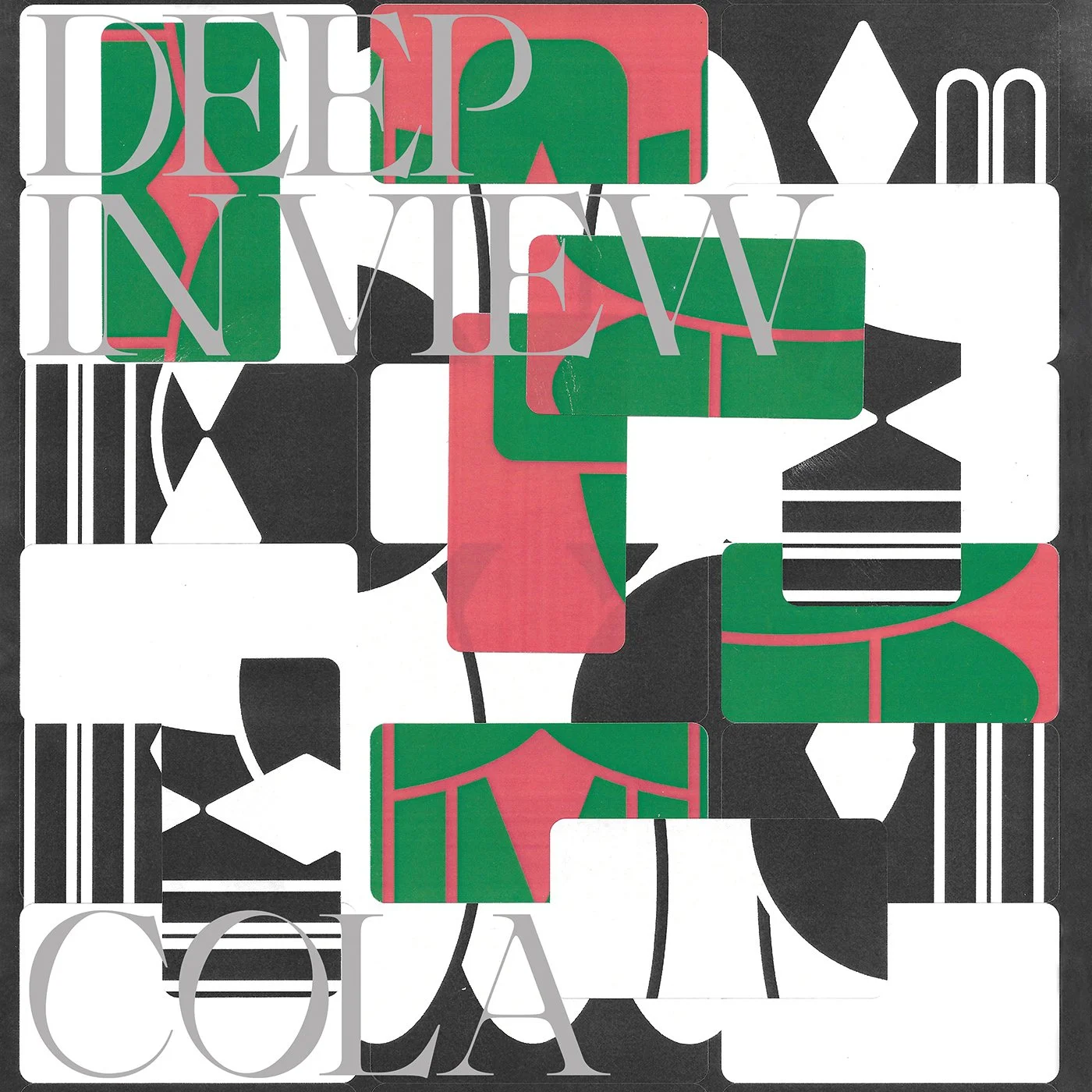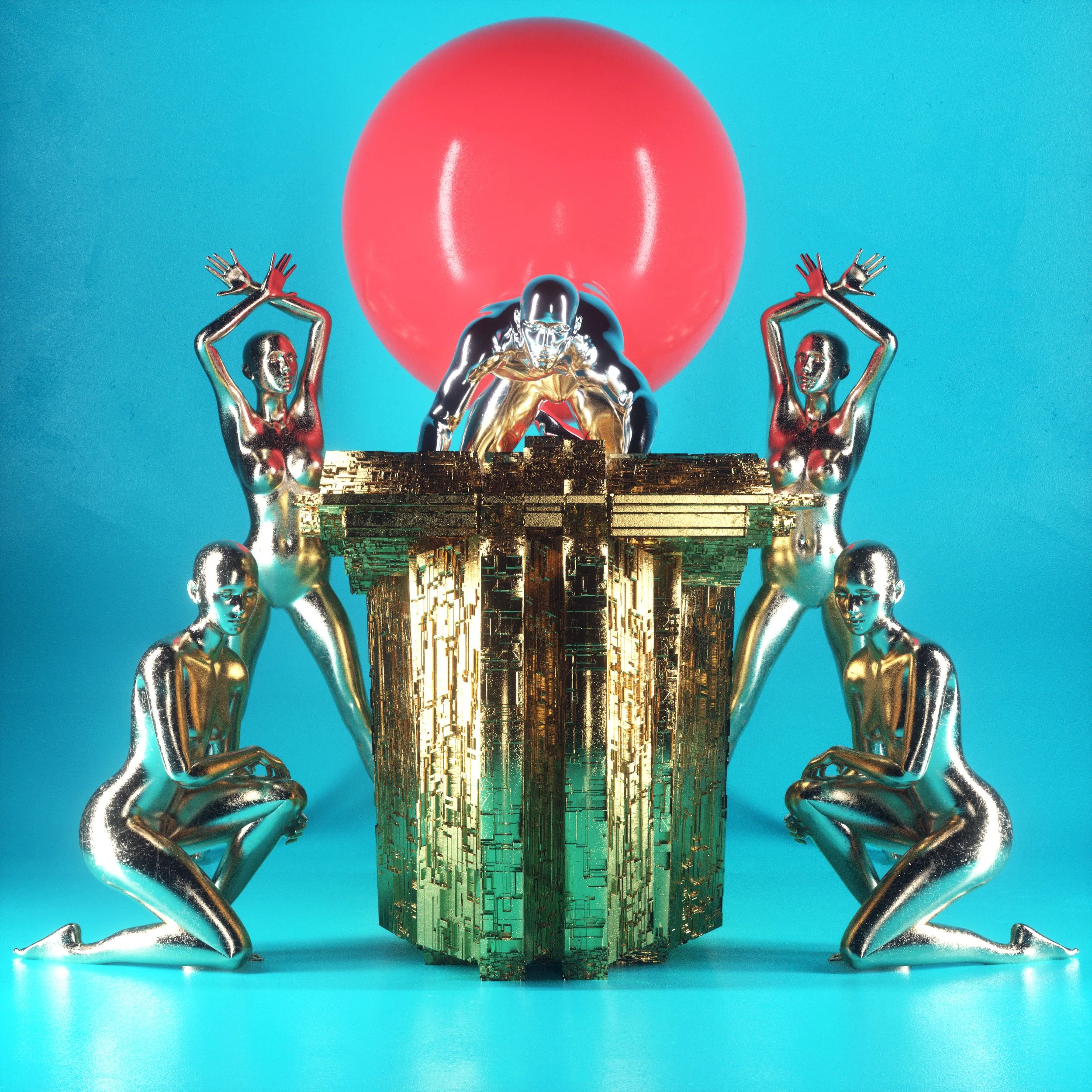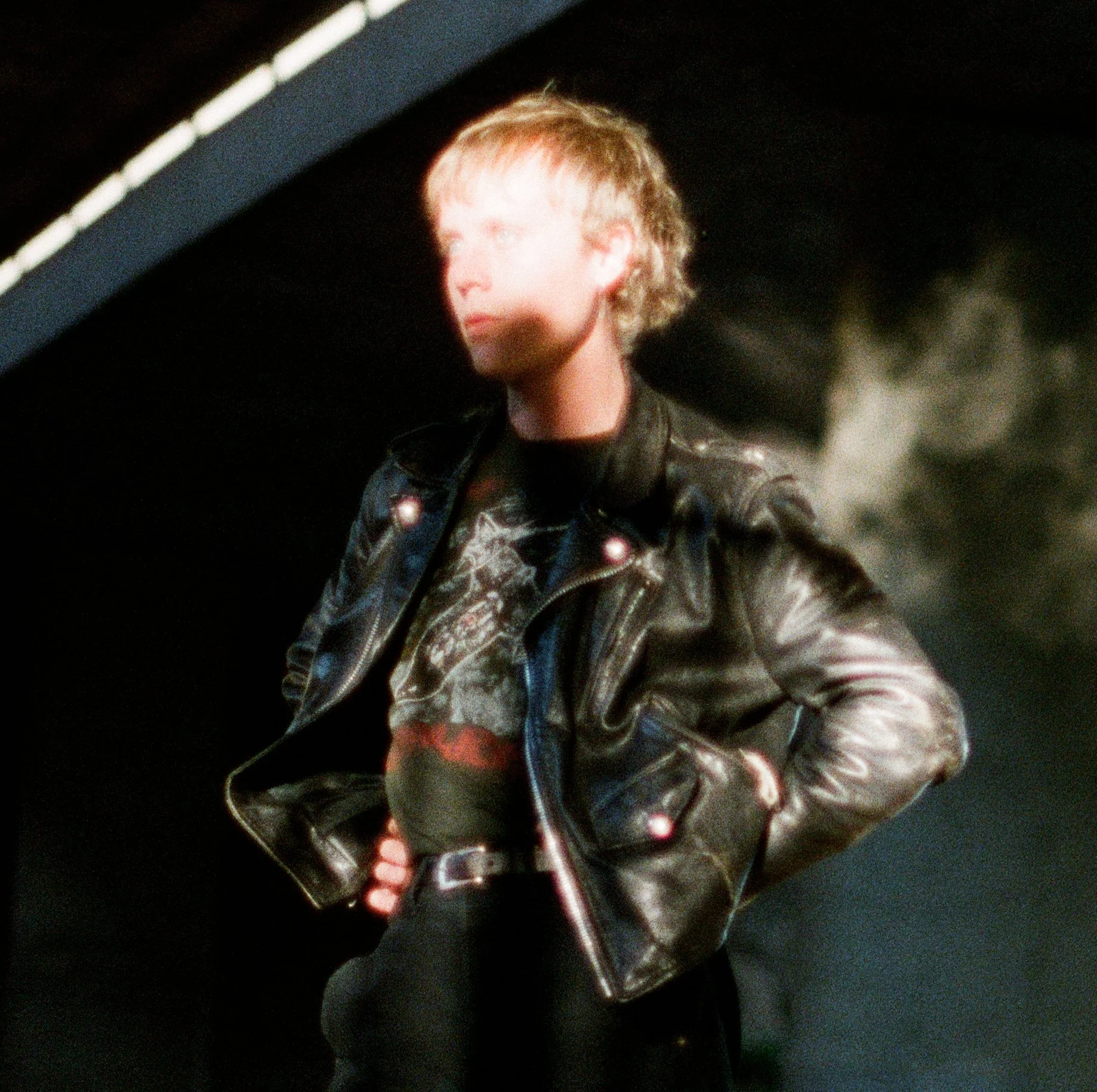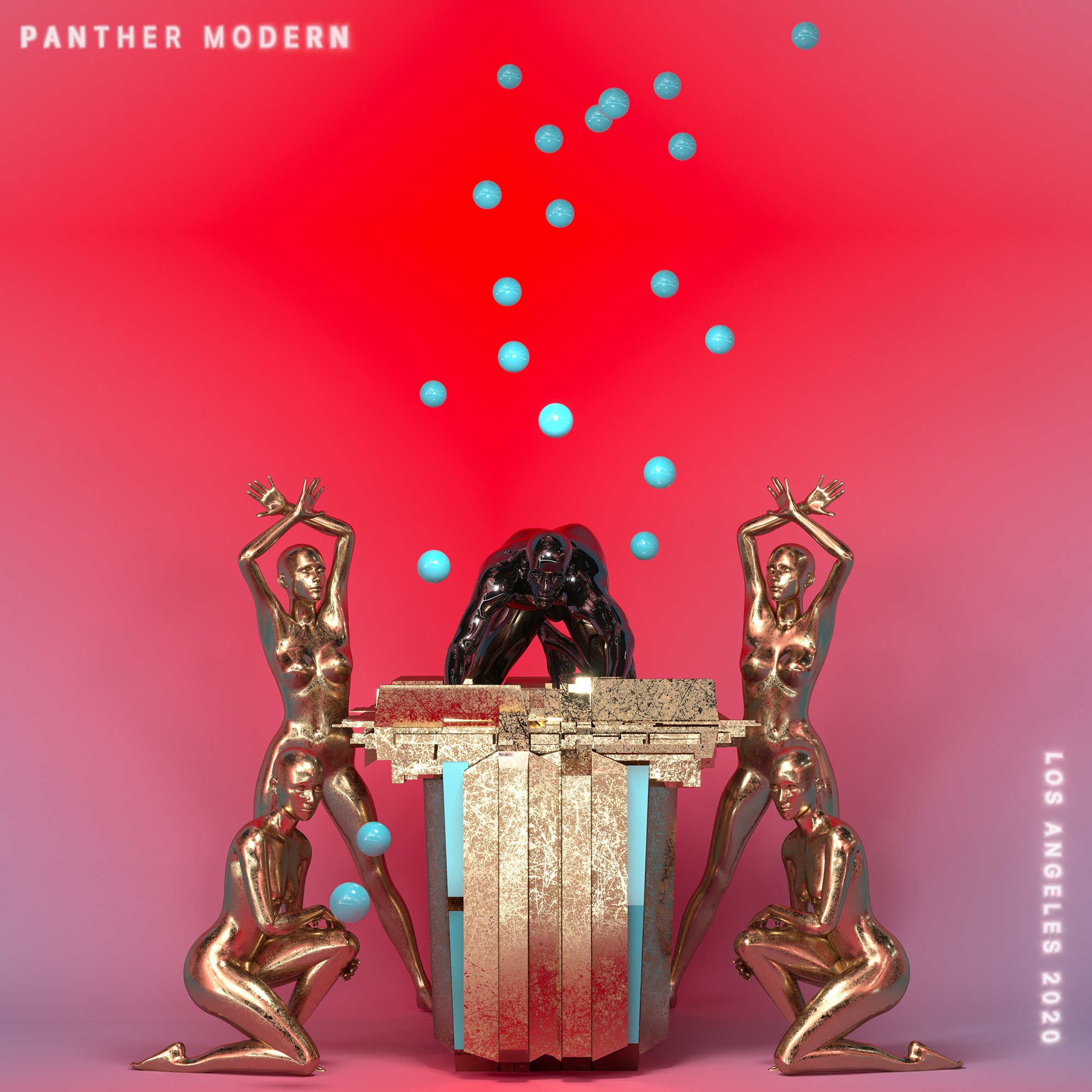Festival BleuBleu Co-Founders Anne-Julie St-Laurent and Myriam Sophie Deslauriers Celebrate 7 Years of Music in Carleton-sur-Mer
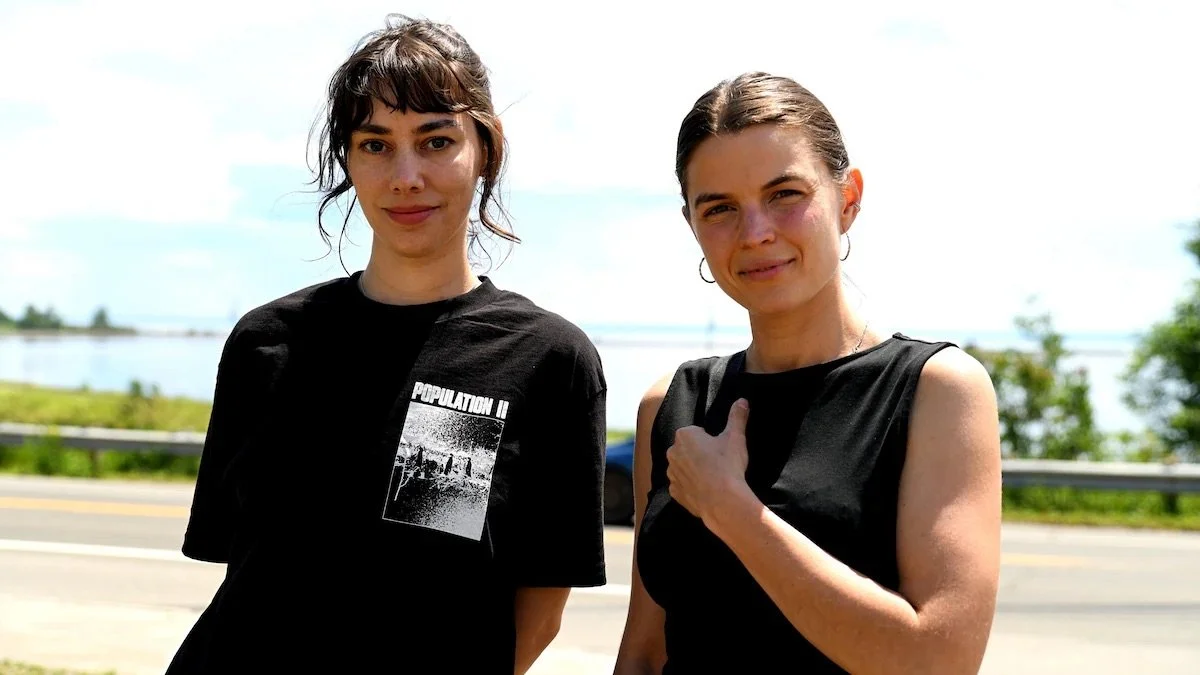
Anne-Julie St-Laurent (left) and Myriam Deslauriers (right) - Co-Founders of Festival BleuBleu, photo by Elise Jetté
Despite their mutual connection to the quaint town of Carleton-sur-Mer, Quebec, Festival BleuBleu Co-Founders Anne-Julie St-Laurent and Myriam Sophie Deslauriers didn’t cross paths until the music industry brought them together in Montreal. Leading up to their festival’s seventh edition, on from June 20th-23rd, 2025, we sat down with the minds behind Festival BleuBleu to chat about how the oceanside backdrop of their fondest childhood memories became the site of of some of the province’s most eclectic music curation. The duo also shares their approach to programming live music in a remote community, what to expect from this year's lineup and how they discover their favourite music.
Listen to our audio interview, originally aired on n10.as radio on June 8th, 2025, below.
Festival BleuBleu runs from June 20th-23rd in Carleton-sur-Mer, where Also Cool will be co-presenting a Soirée Électro featuring Ouri, Honeydrip and Isla Den.
About the Festival BleuBleu Co-Founders
Anne-Julie St-Laurent
Anne-Julie is the Co-Executive and Artistic Director of Festival BleuBleu in Carleton-sur-Mer since 2019, as well as the Founder and Executive Director of Festival Triste in Montreal since 2022. She holds a bachelor's degree in Cultural and Media Production Strategies from UQAM and has been evolving in the music, event, and audiovisual industries since 2012. Her experience includes internships at Dare To Care and the music video production company DTO Films, followed by roles such as Artistic Assistant at the Edmonton Chante festival, Project Manager at Chivi Chivi, Media Partnerships Manager at the Santa Teresa Festival, Music Programmer at the multidisciplinary festival SOIR, and Partnerships Coordinator for M for Montreal and Mundial Montreal at Avalanche Prod. Curious and driven by collaboration, Anne-Julie thrives on new projects and meaningful encounters.
Myriam Sophie Deslauriers
Sharing her seasons between Montreal and Carleton-sur-Mer, her hometown, Myriam Sophie has been working in the music industry for nearly ten years. Initially working as a tour manager (Safia Nolin, Les Soeurs Boulay, Matt Holubowski), she cofounded, in 2019, the Festival de musique BleuBleu de Carleton-sur-Mer, of which she is still the artistic and general co-director. A graduate from the Cégep de St-Hyacinthe Theatre School, she uses her experience and knowledge of the performing arts to develop her practice as a musical stage director (Les Soeurs Boulay, Jean-Michel Blais, Les Louanges, Beyries). Through a sensitive listening and careful attention to the stage space and light, she seeks to expand the artist's universe, to make it resonate in highlighting the essential.
Festival BleuBleu






